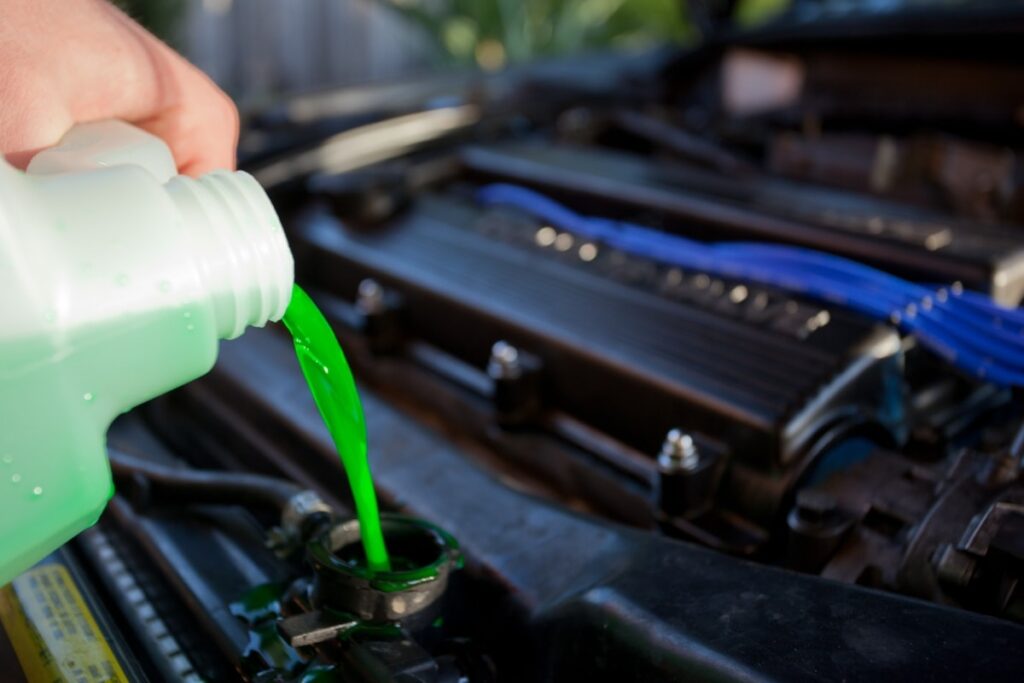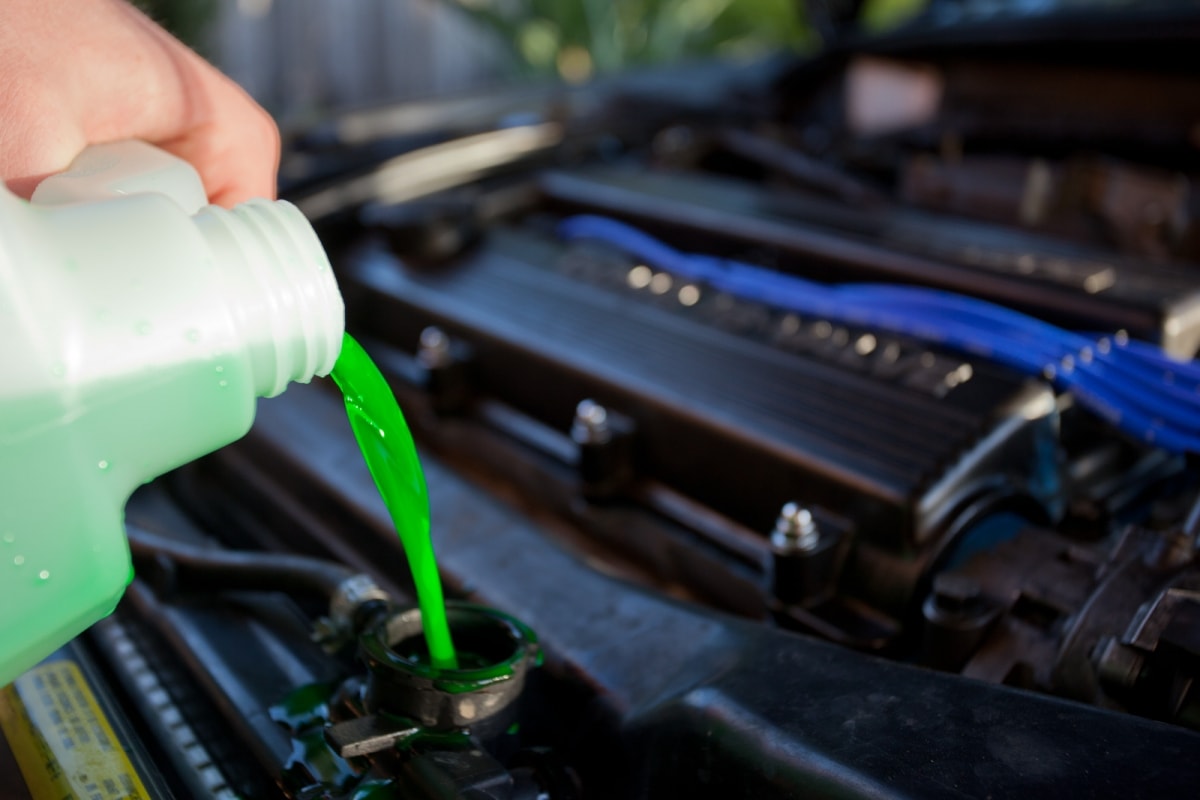
The Importance of Coolant Changes
With rising temperatures coming into summer, it’s time to consider the benefits of a coolant change.
Most drivers hear the word antifreeze and think “I don’t need to worry, this is Zimbabwe my coolant won’t freeze over.” Those drivers are right, you don’t need to worry about coolant freezing over, but you should worry about overheating and corrosion of your engine block.
Not only does coolant stop the water from freezing and cracking engine components in cold temperatures, it also inhibits rust and increases the boiling point of the water in warmer conditions. Neglected, old coolant can lead to corroded water jackets, head gasket failure, and other expensive damage.
Coolant, like engine oil, has a service life. These service intervals vary from 2 to 7 years depending on the type of coolant and manufacturer specifications.
How to Know When a Coolant Change is Due
The color is a good indicator for when coolant needs to be replaced. Coolant is normally a bright red, green or blue color. However, after years of neglect it often turns a brownish color. This brown color comes from the protective additives breaking down and rust starting to form in the water jackets and galleries.
DIY Coolant Flush and Replacement
Here are the steps for a DIY coolant flush and replacement:
Safety Precautions
When working with engine coolant, be sure to take these safety precautions:
- Wear gloves and eye protection
- Avoid skin contact with coolant
- Dispose of used coolant properly in a sealed container
- Keep pets away from coolant
Draining the Old Coolant
- Allow the engine to fully cool before draining the system. Attempting to drain hot coolant can cause serious injury.
- Remove the radiator or coolant reservoir cap to relieve any residual pressure. You may hear a slight hiss when removing the cap.
- Open the radiator drain plug or disconnect the lower radiator hose to drain coolant into a suitable container. Drain plugs can be plastic and prone to stripping – use care when opening. Torque drain plug or reinstall lower hose once drained.
Flushing the System
- For thorough flushing, fill the cooling system with fresh water (no coolant). Replace radiator cap.
- Run the engine for 15 minutes to circulate the water and flush contaminants.
- Allow engine to cool fully and drain the water. Repeat as needed until the water draining is clear of debris.
Filling the Coolant
- Fill the cooling system with the manufacturer recommended coolant mix. Typical mix is 50/50 coolant and distilled water. Use reputable coolant brands like Zerex or Prestone.
- Replace the radiator or reservoir cap once filled.
Bleeding Out Air
- Allow engine to warm up, turn heater on high. This circulates coolant and bleeds out any trapped air.
- Let cool fully and top up coolant level if necessary.
Having a professional complete this maintenance is recommended to ensure proper flush and fill. But with care, it can be done DIY. Coolant flushing prevents summer overheating, keeps corrosion at bay, and extends the life of your engine components.
If you would like this service, or any other service to be carried out in Harare, Mechanic.co.zw would be happy to supply a quote to send a qualified motor vehicle technician to come to you.


Leave a Reply